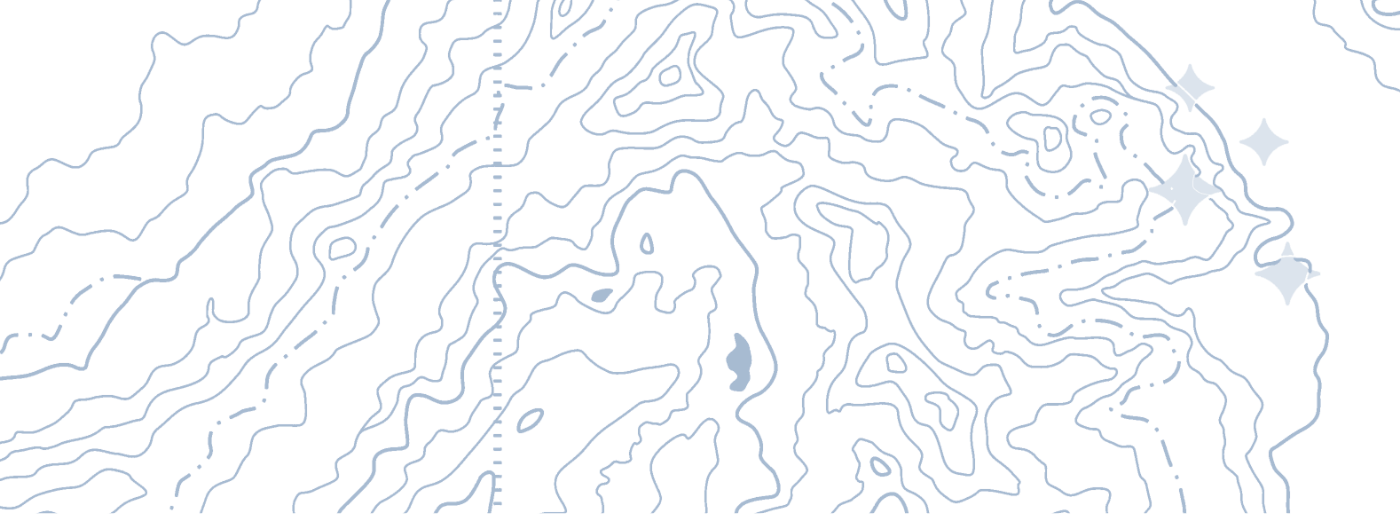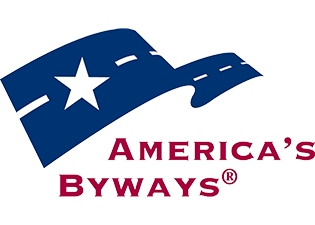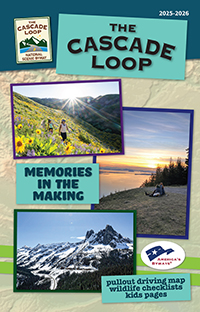Black Bears
Black bears can be found throughout much of the Cascade Loop. That said, they are NOT going to be highly visible. Contrary to what many folks thinks, black bears do NOT go looking for humans under normal circumstances. As a matter of fact, they do much of their foraging and movement at night and seek to avoid human contact. Please be watchful and aware if you are hiking through the backcountry. While wildlife is exciting to view, the fact remains that it is indeed wild and can be incredibly dangerous. Understand your environment and how to remain safe before heading out.
Habitat
Bears will most often be found inhabiting forested and mountainous areas. As the seasons change, how bears utilize their environment also changes. Look for bears in areas that green early in Spring--marshlands, etc. In summer and fall expect that bears will be foraging for berries and tree mast crops such as acorns, pine nuts, hazelnuts and black walnuts. Bears will often use hiking trails, logging roads and game trails for travel so again, be aware.
Safety
Whether you are seeking to view or avoid black bears, being safe in the wilderness is essential. Please take time to educate yourself on bear safety before you head out.
- Hike in groups
- Hike midday
- If you are planning to hike in the wilderness with dogs, carry bear spray and know how to properly use it
- Understand black bear body language: generally-speaking, bears show agitation by swaying their heads, huffing, popping their jaws, blowing and snorting, or clacking their teeth. Lowered head and laid-back ears also indicate aggression
- Should you suddenly surprise a black bear, remain calm and do not run
- Speak clearly and loudly so the bear can immediately identify you as human “Scram! Get Away!"
- If you are carrying bear spray, pull it out quickly and prepare to use it if needed
- Keep the animal in view at all times
- A bear may charge a short distance in order to buy time or attempt to intimidate you – usually stopping well short of contact. If you have bear spray, use it as instructed
- In the extremely unlikely event that a black bear actually makes contact with you, fight back immediately and forcefully
Signs of Bears
Whether you are looking for bears or trying to avoid them altogether, knowing the signs to look for in the forest is important.
- Bear tracks & trails--bear tracks are large and the toes are arched on both the front and back feet. Bears walk on broad palm pads and their claws are similar in length in the front and back feet. Unlike Grizzlies/Brown Bears, Black Bear toes are not webbed the entire length of the toe pad. Tracks often appear slightly pigeon-toed. Bears often walk in the tracks left by bears before them, leaving long-lasting track impressions. Bears often travel along the edge of wetlands, just inside the first row of trees.
- Scat--without getting too details, let's just say that it is typically pretty easy to see what I a bear has been eating by the scat behind. Note that depending on the time of year and location, scats will vary.
- Signs of Feeding--bears will often feed on the cambium of Douglas fir, Western Hemlock, Western Red Cedar, True Firs and Black Cottonwood. This behavior is most common in Spring.
- Scent Marking & Tree Rubs--Trees located along bear travel routes and feeding areas will often display bit, claw and rub marks.
Where to locate black bears in Washington State
Sources: Western Wildlife Outreach, North American Bear Center, and Wildlife of the Pacific Northwest
















